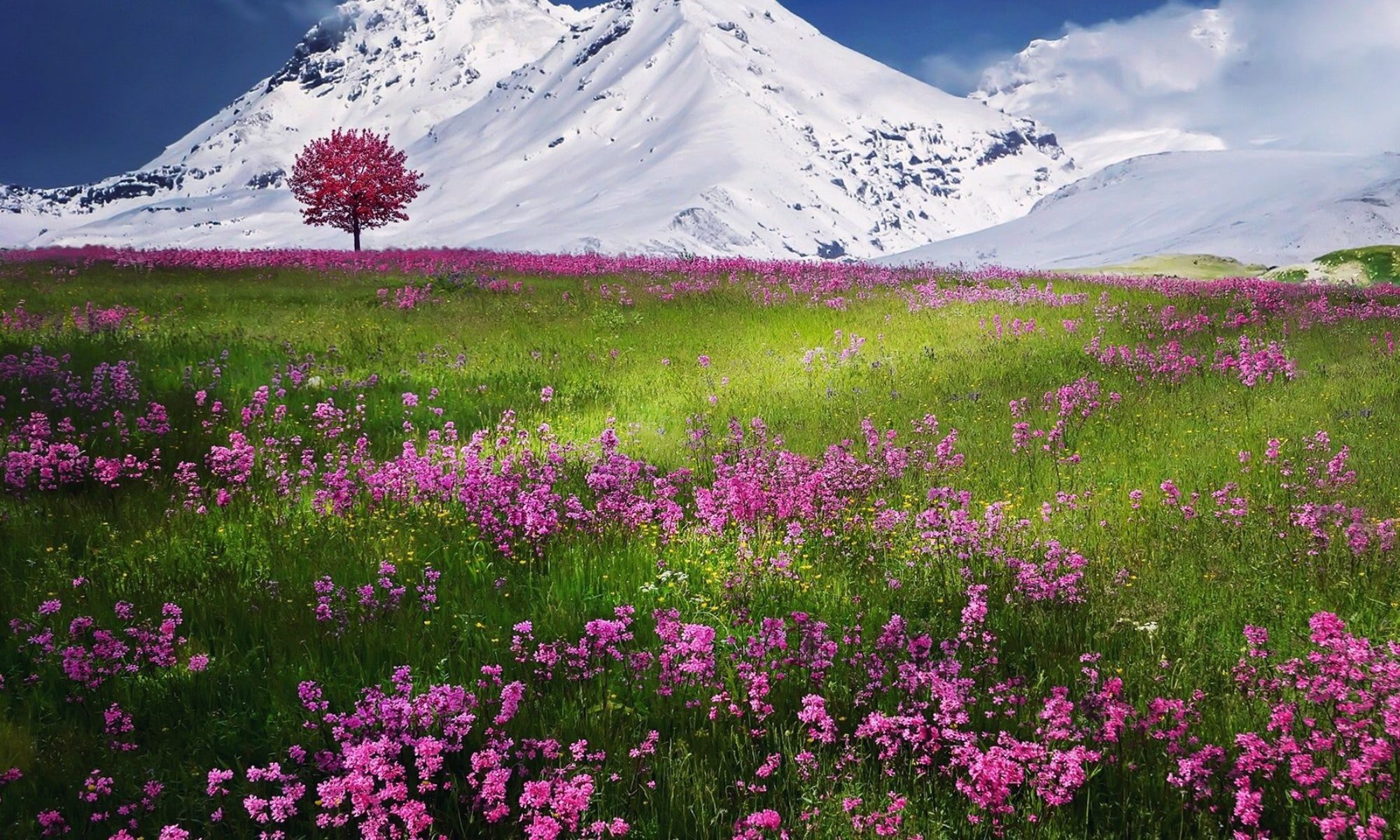We woke up and the mosquito and fly swarms had subsided, with just a few flying about. The pups didn’t get their walks this morning because of this. The night before I had taken them on a walk down the road to see some old farming, equipment, and if I stopped and looked behind me, there was a swarm of mosquitoes trying to get to the back of my legs. Shout out to chemists, who created DEET.
We got to the Golden Spike National Historic Site visitor center just after they opened. It turns out they had two functional locomotives to simulate the historic event on May 10, 1869. The first train arrived around 10 AM, and the second closer to 11. It was really breathtaking to see these pieces of machinery in action, something we typically read about. Both of the originals had been scrapped (for a $1000 scrapping fee) but these re-creations were built to the same specifications.

I have always been incredibly impressed with the earliest explorers, the pioneers, and the vision that our forefathers had in this new country. A particular book comes to mind written by Simon Winchester called The Men Who United the States, the describes the influential characters andhow the United States was built from inception to modern times. We have traveled extensively across the west in a very modern, comfortable vehicle, and we are always amazed at the ruggedness of the terrain, as well as some of the inhospitable areas that Americans have built upon. One of the major advances for the United States was a completion of the transcontinental railroad. It brings tears to the eyes watching these engines operate. One can only imagine the hundreds of thousands of people to traveled around at 25-30 MPH in these now nonexistent lines.

We finished up at the visitor center and headed to our next stop. But along the way we found an audio tour of the site through the NPS app. There are 7 miles to the west with about a dozen stops, and 4 miles to the east with the same. Although sometimes I have a hard time with the National Park System and how crowded it is, they have been making some major strides with technology and I recommend using their app. Visiting the parks also seems to make a major difference when you’re outside of summer, high peak times.
We headed back eastward and drove through some very very beautiful towns. I LOVE rural America!!!’ This area was all settled by the Mormon settlers back in the 1800s, and the Victorian and early century homes and buildings are beautiful to look at. The drive-through Logan and over to Bear Lake was filled with fall colors and absolutely breathtaking.

We finally arrived at Fossil Butte National Park in the early afternoon. The visitor center is incredibly informative and has a massive timeline for all of the different periods that are demonstrated in the area. This particular region is an ancient sea bed, and the fossils contain turtles, fish, plants, and mammals from that particular timeframe. The park had this incredible little display to choose one of the fossil fishes and see it swim as a 3-D image that swam in the virtual lake. The Ranger gave us some tips for finding fossils (although you cannot collect them ), and told us that the elk were moving into the park. It took Kathy only a few minutes to find a large herd up on the lower slopes of the butte. We took the scenic drive to the top of the butte and actually did find some BLM camping at the top. If we had the FJ or a side-by-side, this area outside the park is filled with beautiful trails on BLM land. We decided not to camp here because our next stop was still about three hours away and we wanted to split the difference. We ended up stopping in a little town to get fuel and had a fantastic Chinese dinner. The pups were glad to walk on grass. We headed out of town and up into the hills where we found a beautiful campsite on my favorite type of land, BLM.

We have been carrying apples around for a period of time, and I finally got around to making an apple pie. It came out delicious. I had these visions of baking in the Dutch oven over a campfire while on this trip, but in all reality, the oven is easier, and gets around fire restrictions.

Here are some additional photos from the day.
https://www.overlandadventureexcursions.com/photos-albums/nggallery/album/20250926-golden-spike-and-fossil-butte





